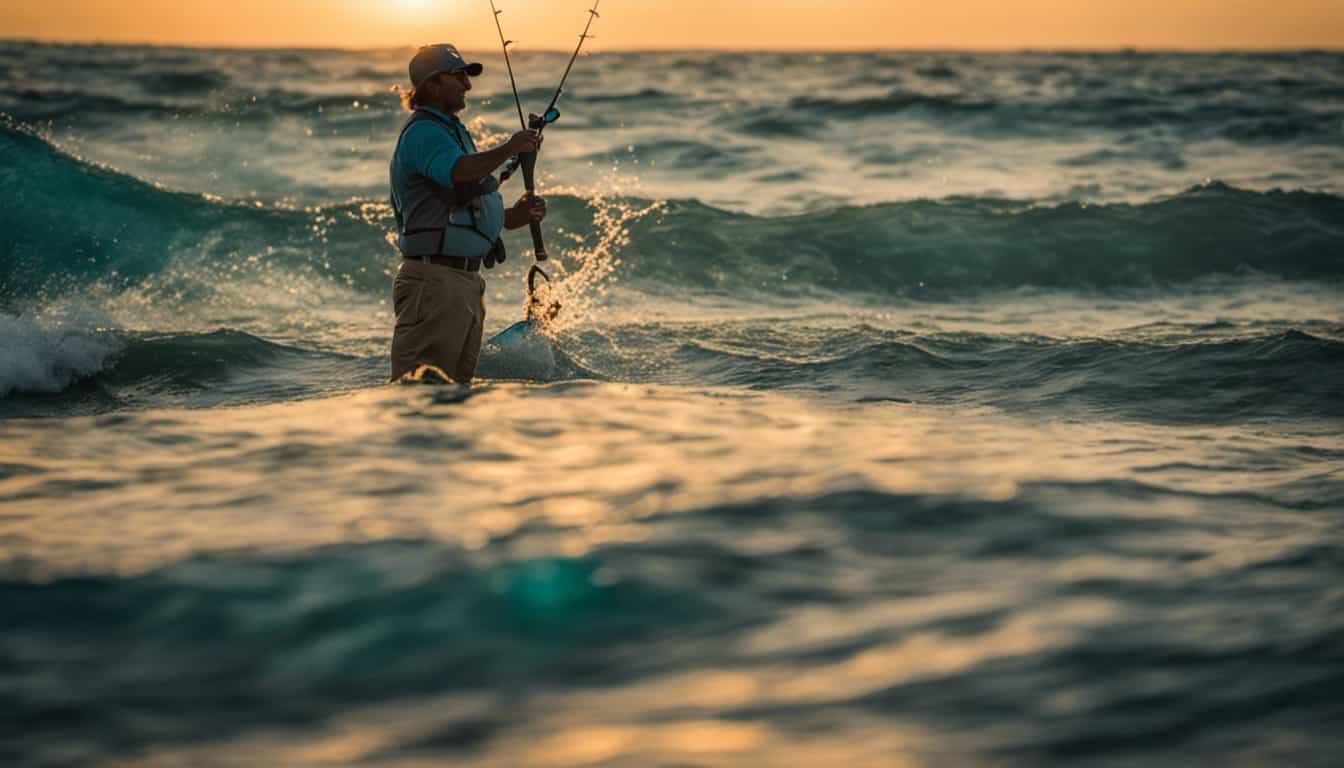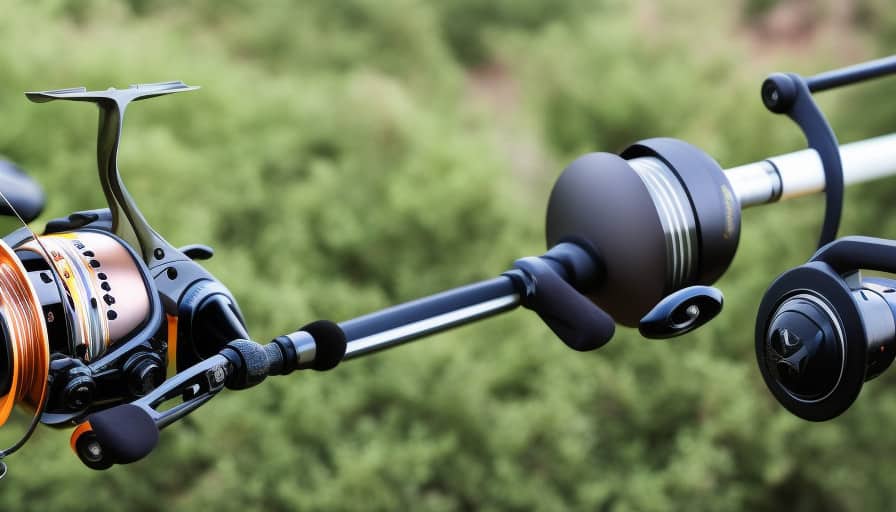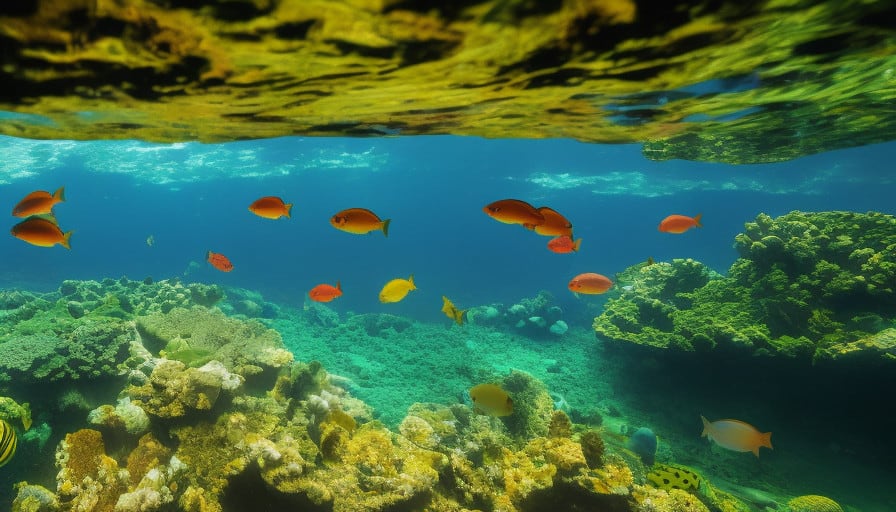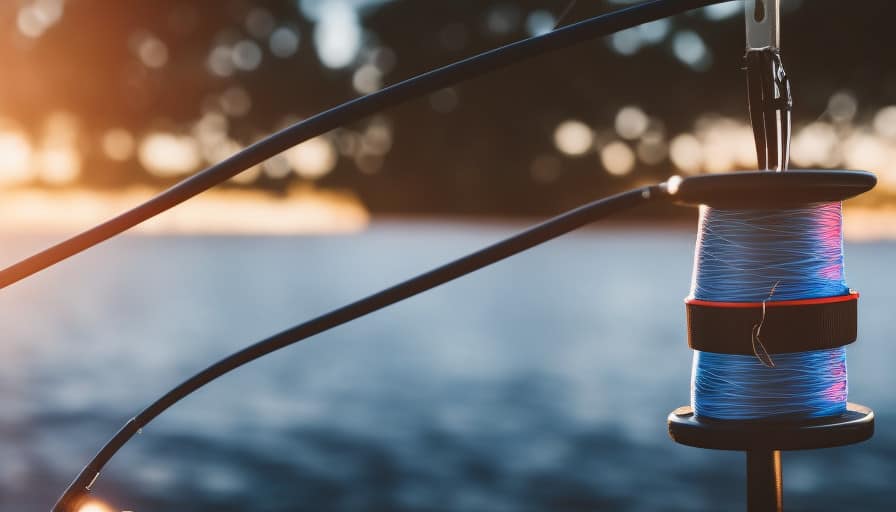Are you interested in mastering the art of fishing for Spanish mackerel?
This article aims to provide a comprehensive guide to mackerel fishing strategies, focusing on locating hotspots, selecting appropriate tackle and gear, mastering essential fishing techniques, employing effective bait and lure strategies, as well as offering tips for landing and handling Spanish mackerel.
By following these technical and informative guidelines, the audience will be equipped with the necessary knowledge and skills to achieve mastery in Spanish mackerel fishing.
Locating Spanish Mackerel Hotspots
Locating Spanish mackerel hotspots involves identifying areas with abundant baitfish and suitable water conditions. To find the best fishing spots for Spanish mackerel, it is crucial to scout for areas that meet these criteria.
Baitfish are a primary food source for Spanish mackerel, so finding areas with abundant baitfish is key. These baitfish include small pelagic species like anchovies, sardines, and herring. Look out for areas where these baitfish congregate, such as near structure like reefs, wrecks, or jetties. Additionally, pay attention to areas with visible bird activity, as diving birds often indicate the presence of baitfish and, consequently, Spanish mackerel.
Suitable water conditions are also essential for locating Spanish mackerel hotspots. These fish prefer warm waters, typically ranging from 68°F to 81°F, so scouting for areas with water temperatures within this range is important. In addition, Spanish mackerel thrive in clear water with good visibility, so search for spots with minimal sedimentation or turbidity.
Selecting the Right Tackle and Gear
When considering the task of selecting the appropriate tackle and gear for the purpose of catching Spanish mackerel, it is important to carefully evaluate the specific requirements and characteristics of the equipment to ensure optimal effectiveness and success. One crucial aspect to consider is choosing the appropriate fishing line.
Spanish mackerel are known for their speed and strength, so a strong and durable line is essential. A monofilament line with a test strength of at least 15 to 20 pounds is recommended. This type of line offers good visibility in the water and provides enough strength to handle the fight of a mackerel without breaking.
In addition to the fishing line, selecting the right hooks is equally important. Spanish mackerel have a relatively small mouth, so using smaller size hooks is recommended to increase the chances of hooking the fish. Sizes ranging from 1/0 to 3/0 are commonly used. Additionally, using circle hooks is a popular choice as they tend to hook the fish in the corner of the mouth, reducing the risk of deep hooking and increasing the chances of a successful catch and release.
Mastering Essential Fishing Techniques
To enhance angler proficiency and increase the likelihood of successful catches, mastering essential fishing techniques is imperative.
Two crucial techniques that every angler should focus on are casting techniques and understanding water currents.
Casting techniques refer to the various methods used to propel the fishing line and bait into the water. These techniques include overhead casting, sidearm casting, roll casting, and flipping. Each technique has its own advantages and is suited for different fishing scenarios.
Understanding water currents is equally important as it helps anglers identify the movement and flow of water. By comprehending how water currents work, anglers can strategically position themselves and their bait to maximize the chances of attracting fish. Factors that influence water currents include tides, wind, and the shape of the water body. Anglers can utilize tools such as tide charts, weather forecasts, and topographic maps to gain a better understanding of water currents.
Effective Bait and Lure Strategies
One important consideration for anglers is the selection of appropriate bait and lures, as these can significantly impact the ability to attract and hook fish. When it comes to attracting techniques for Spanish mackerel, there are a few key strategies that can be employed.
One effective technique is using flashy lures that mimic the appearance and movement of small fish, which are the primary prey of Spanish mackerel. These lures often have reflective surfaces or colorful patterns that catch the attention of the fish and entice them to strike. Additionally, lures with built-in rattles or vibrating features can create a sound that mimics the distress calls of injured fish, further increasing their attractiveness to Spanish mackerel.
In addition to traditional lures, anglers may also consider alternative bait options for targeting Spanish mackerel. One popular choice is using live bait such as small mullet, sardines, or shrimp. These live baits can be rigged on a hook and cast out into the water, allowing them to move naturally and attract the attention of nearby mackerel.
Another option is using artificial bait such as soft plastic lures or spoons, which can be rigged to resemble the movement and appearance of small fish.
Overall, the selection of appropriate bait and lures is crucial for successful Spanish mackerel fishing. By employing attracting techniques and considering alternative bait options, anglers can increase their chances of attracting and hooking these prized fish.
Tips for Landing and Handling Spanish Mackerel
A crucial aspect to consider when landing and handling Spanish mackerel is the use of appropriate equipment and techniques. To ensure a successful and safe experience, it is important to follow proper landing techniques and take necessary handling precautions. Here are four important points to keep in mind:
-
Landing Nets: Using a landing net with a fine mesh is essential to prevent the fish from escaping or getting injured. Nets with rubber or knotless mesh are recommended to minimize damage to the mackerel’s scales and fins.
-
Hook Removal: When handling Spanish mackerel, it is important to remove the hook carefully and quickly. Using a pair of long-nose pliers or a dehooking tool, gently grasp the hook and apply steady pressure to remove it in the opposite direction of the hook’s entry.
-
Wet Hands: Wetting your hands before handling a Spanish mackerel is crucial to minimize damage to their protective slime layer. This layer helps prevent infections and diseases. Avoid using dry hands or towels, as it can remove the slime and harm the fish.
-
Reviving and Releasing: If you plan to release the mackerel, it is important to revive it first. Hold the fish in the water, gently moving it back and forth to allow water to pass over its gills. This helps the fish regain strength and increases its chances of survival after release.
Conclusion
In conclusion, the process of fishing for Spanish mackerel requires a combination of strategic planning, proper gear selection, and skillful technique execution.
By identifying the hotspots where these fish are abundant and tailoring the tackle and gear accordingly, anglers can enhance their chances of success.
Mastering essential fishing techniques such as trolling, jigging, and casting will further improve their effectiveness. Additionally, utilizing effective bait and lure strategies will entice the Spanish mackerel to bite.
Lastly, proper handling and landing techniques are crucial to ensure the fish’s well-being and the angler’s success.
As the saying goes, ‘A stitch in time saves nine,’ proper preparation and execution will yield fruitful results in Spanish mackerel fishing endeavors.




Leave a Reply